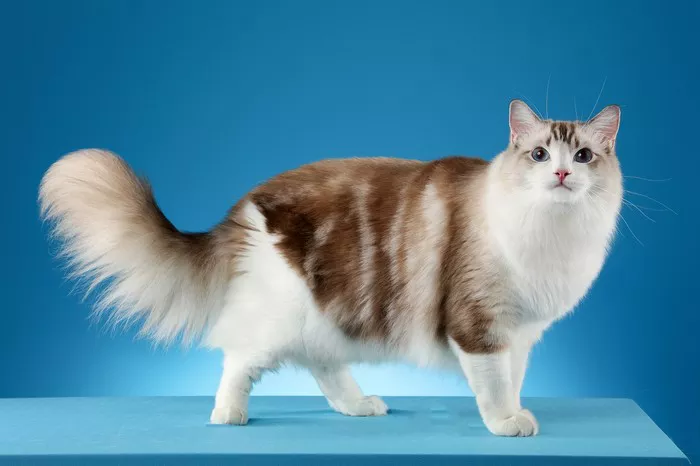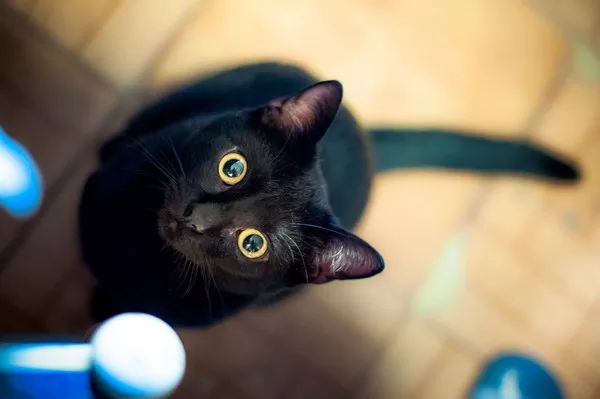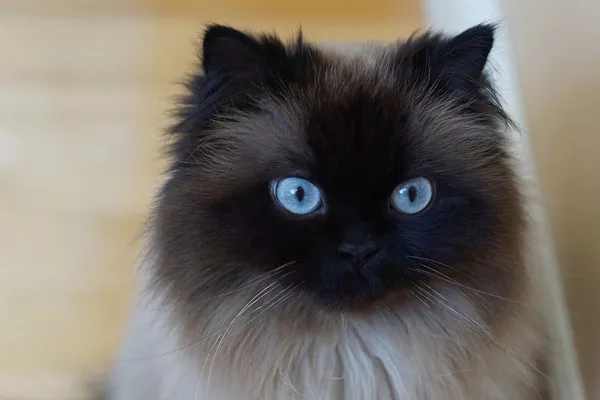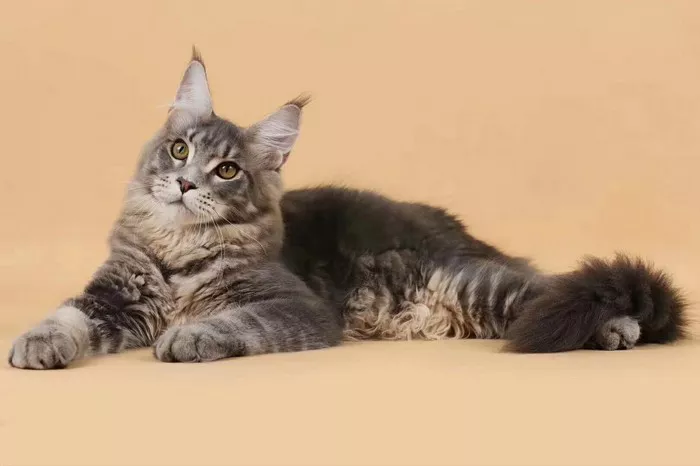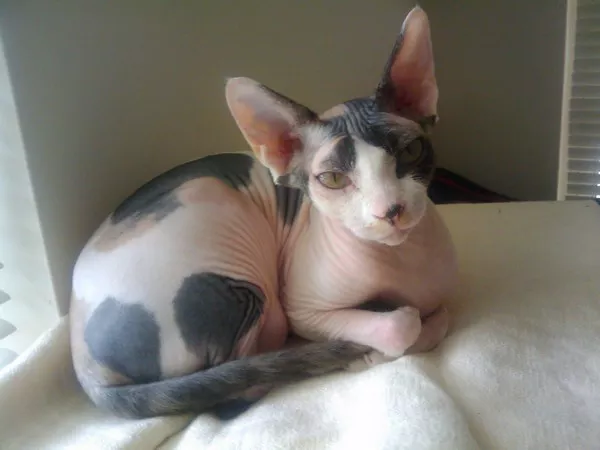Cats, known for their independent nature, possess a unique set of characteristics that influence their trainability. While many cats can be trained with patience and positive reinforcement, certain breeds may present challenges for even the most experienced cat owners. This article aims to delve into the intricacies of cat behavior, shedding light on factors that make some breeds more challenging to train than others.
Understanding Feline Independence
Before exploring specific breeds, it’s crucial to acknowledge the inherent independence that defines the feline species. Unlike dogs, which have been selectively bred for various tasks and are often eager to please their owners, cats have retained a more self-reliant and territorial nature. This independence can influence their response to training efforts.
Trainability Factors
Several factors contribute to a cat’s trainability, including genetics, early socialization, individual temperament, and the training methods employed. While each cat is unique, certain breeds may exhibit common characteristics that impact their responsiveness to training. Understanding these factors can help cat owners tailor their training approaches to the specific needs of their feline companions.
8 Most Difficult Types Of Cats To Train
1. Persian Cats: Independent Elegance
Known for their luxurious long coats and distinctive flat faces, Persian cats are revered for their regal demeanor. However, their independent nature can pose challenges in training. Persians may be more selective in their response to commands, requiring a patient and gentle approach. Positive reinforcement and consistency are key when training these elegant felines.
2. Siamese Cats: Vocal and Assertive
Siamese cats are celebrated for their striking blue almond-shaped eyes and vocal nature. While their intelligence is well-known, their assertiveness can make them a bit more challenging to train. Siamese cats may become bored easily, so engaging, interactive training sessions are essential. Providing mental stimulation through puzzle toys and games can help channel their energy positively.
3. Sphynx Cats: High Energy and Curiosity
The Sphynx cat, known for its hairless appearance, is a highly energetic and curious breed. While their intelligence is an asset in training, their boundless curiosity may lead to distractions during sessions. Sphynx cats benefit from short, focused training sessions that align with their energy levels. Interactive toys and positive reinforcement can make training more effective for these lively felines.
4. Bengal Cats: Wild Spirit
Bengal cats, with their distinctive spotted or marbled coat patterns, often exhibit a wild spirit reminiscent of their leopard ancestors. Their active nature and innate curiosity can make them more challenging to train. Bengals thrive on mental stimulation and benefit from training activities that tap into their natural hunting instincts. Puzzle toys and clicker training can be particularly effective with this breed.
5. Ragdoll Cats: Laid-Back Personalities
Known for their striking blue eyes and tendency to go limp when picked up, Ragdoll cats have laid-back personalities. While their calm demeanor may make them easier to handle, Ragdolls can be somewhat resistant to training due to their gentle and easygoing nature. Patience and positive reinforcement are crucial when working with these affectionate cats.
6. Maine Coon Cats: Gentle Giants
Maine Coon cats, characterized by their large size and tufted ears, are often referred to as gentle giants. While their amiable nature makes them generally responsive to interaction, their independent streak can pose challenges in training. Maine Coons benefit from positive reinforcement and rewards, as well as engaging activities that cater to their playful instincts.
7. Russian Blue Cats: Reserved Elegance
Russian Blue cats, with their shimmering silver-blue coats and green eyes, are known for their reserved and shy demeanor. Their cautious nature can make training sessions more challenging, requiring a gentle and gradual approach. Building trust through positive reinforcement and creating a calm environment are essential when working with Russian Blue cats.
8. Scottish Fold Cats: Adaptable Personalities
Recognized for their distinctive folded ears, Scottish Fold cats often exhibit adaptable and easygoing personalities. While they are generally receptive to positive reinforcement, their independent streak may require varied training approaches. Incorporating interactive toys and incorporating training into playtime can help maintain their interest and cooperation.
See Also: 10 Rarest Cats in the World
Conclusion:
While the trainability of a cat is influenced by various factors, including individual temperament and early socialization, some breeds may present unique challenges. Understanding the characteristics of different cat breeds is crucial for tailoring training methods to suit their specific needs. Regardless of the breed, a patient, positive, and consistent approach, coupled with an understanding of feline behavior, is key to building a strong bond and fostering a well-behaved feline companion. By acknowledging the inherent independence of cats and respecting their individual personalities, cat owners can navigate the challenges of training with greater success.

